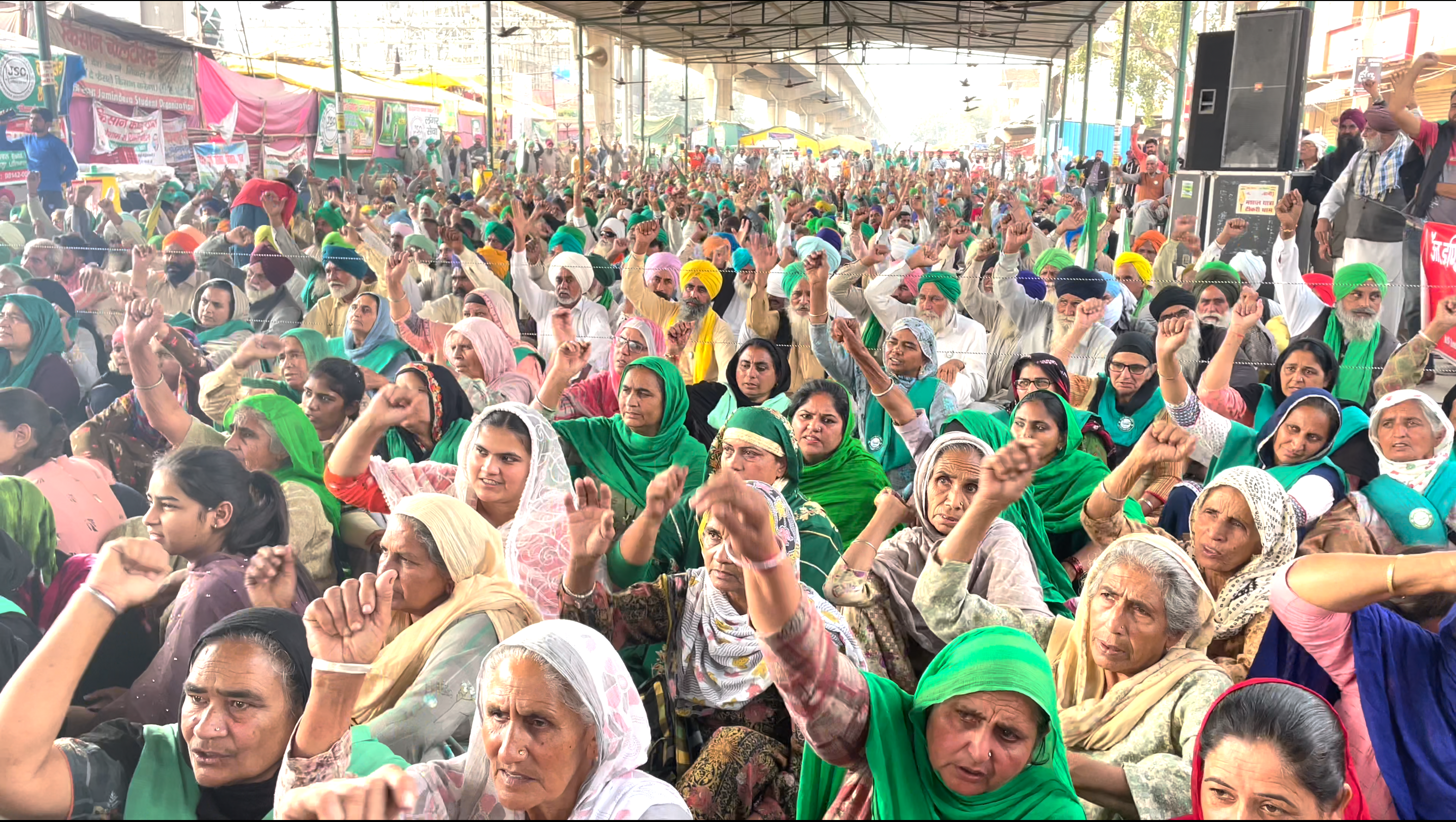The Farm Laws Repeal Bill was passed amidst ruckus in the Lok Sabha on Monday, the first day of the 2021 Winter Session of Parliament. The Farmer protest movement has been the topic of global discourse for more than a year now.
November 26 marked one year of what has been touted as the largest protest movement in world history, where thousands of Indian farmers congregated at various points along the borders of the National Capital of India to get the government’s attention and have it submit to their demands to repeal the newly framed contentious farm laws.
The New Indian travelled to the most vocal farming states of Haryana and Punjab, which have seen an influx of the majority of protesting farmers. The youth have been the biggest supporting factor. Pride reflected strongly from their demeanour as the young generation shared their ordeal and determination to have their community’s voice heard. Most tell you that the ‘fight was already on’ five months before the farmers took the decision to march to Delhi to get the attention of the political leadership at the Centre. What they hoped for was to get the media attention to amplify their voice, what they got was hostility, they claim.
“I have been involved with the farmers’ rights protests for a long time. My father was in the Indian Army. So you can say that my father was a jawaan, while I am a kisaan. My entire family is involved in agriculture. This fight for us is not political, it is a fight for livelihood,” said a 30-year-old Bhupender Chaudhary, a youth leader with the Bharatiya Kisan Union (BKU).
The New Indian tracked down Raj Kaur Gill, more famous as the first women protester of the tricity area of Chandigarh. Gill exhorted the youth for their drive, “We call it the wisdom of the elders and the enthusiasm of the youngsters. The barricades would not have shattered without the drive and enthusiasm of the youth. The youth reached Delhi after breaking the barricade with the elders. The youngsters fought on the frontlines at every point.”
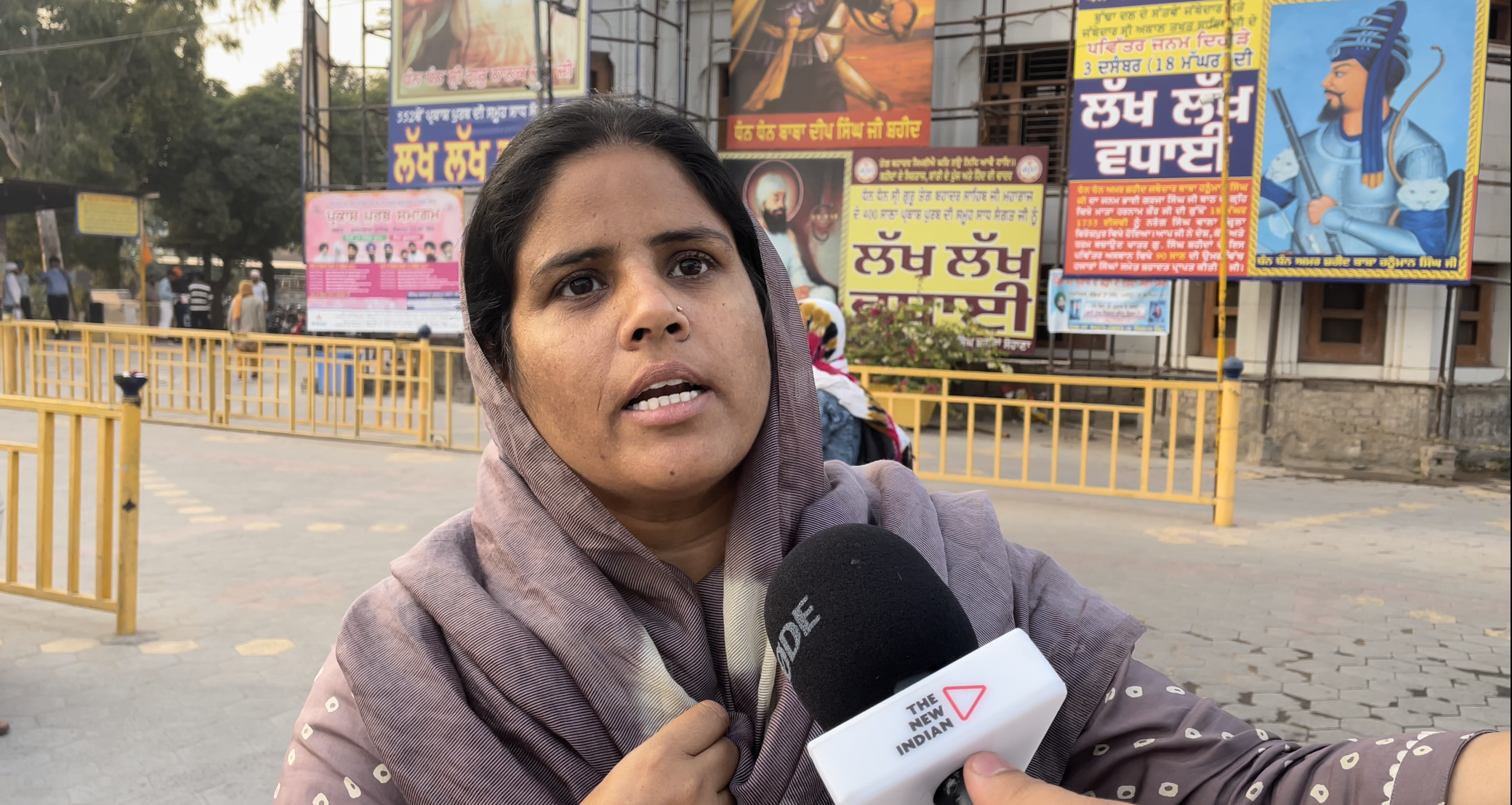
Gurjant Singh, a resident from Karnal, has been running a langar (community meal) at the Gharaunda Toll Plaza along with 150 youngsters since the agitation reached Delhi. He told us how he was beaten up for no reason when the Haryana Police came down heavily on the protestors, leaving him with a broken nose and severe injuries. He also lost partial vision in the right eye.

“Everybody supports this langar. There is brotherhood irrespective of religion. We respect everyone. I support the youth. It is the unity of the youth that has been the driving factor of this movement. At this point, about 200 farmers and more than 700 police officials gathered on the day the protest reached the border. Water cannons were let loose and there was tear gas shelling. They charged at us, I broke my nose and suffered severe body injuries,” he shared, recounting the fateful day.
Tracking more langars, The New Indian spoke to the members of the Jamindara Student Organisation (JSO) at the Tikri Border site of the farmer protests. They claim to have served more than five million meals since the agitation began. “The langar started the day the movement began. In the beginning, we used to serve more than 40,000 people a day. Today at least 7,000 people are served daily. We are standing our ground till the movement is alive. We will feed the farmers,” said one of the volunteers.

Also Read: Positive or Negative? What Will Be The Impact Of Repealing Farm Laws?
One video that went viral when the agitation began was that of a young man climbing a police water cannon vehicle and diverting the mouth of the water cannon, eventually shutting it down. Navdeep Singh, aged 26, was lauded by the farmer community for his act but was charged under IPC 307 (Attempt to Murder) by the state government. Singh recounted the incident. “It has been one year since the movement began. We have been successful in getting the three black farm laws repealed. Many youngsters supported the movement. When the call to reach Delhi came, many of our leaders took a decision to not go to the capital but instead, protest at the state border. However, as soon as we started marching towards the border on November 25, at the very first police barricade, we saw that the police had set up water cannons to stall our march. It was cold and we had elderly with us. All I did was to climb that water cannon and shut it, before getting off safely without the police getting hold of me. That video went viral and people got to know of me because of that contribution. Whether it is Singhu border, Tikri Border, Ghazipur border, no crime has been reported by any youngsters. We are all very aware that any such incident would bring us a bad reputation,” he narrated in detail.

The New Indian also travelled to the hinterlands of Haryana, covering Mohra and Ismailpur villages on the outskirts of Ambala. There we tracked down the vehicles (a tractor and a SUV) that led the barricade charge that broke the various police barricades in Karnal and Delhi. One of the tractor owners, Meet Hundal, aged 21, shared his story, “We broke the first barricade with this car. Then we broke the Shahbad barricade with this tractor. Thereafter, we broke the Gharaunda toll barricade. Following which, we removed the trucks from Karnal. The police charged at us but we were highly spirited and we kept moving forward. With this very tractor, we crossed all the barricades.”

Ismailpur resident Laddi told us about how he vowed not to wear anything on his feet until farm laws were officially repealed in the Parliament. “The movement had been gathering steam for five months before the farmers undertook the Delhi march. We went from village to village spreading awareness about our rights and the laws, gathering support for the march. Our aim was to get the laws repealed. In many villages, if the farmers didn’t respond, we went several times over to make them aware. The enthusiasm amongst the youth was very helpful.”

Also Watch: The 10-Year-Old Who Became Orphan During Farm Protests
Leading the protests in Chandigarh was 29-year-old Sarbans Prateek, a writer and faculty member at Khalsa College, Chandigarh. “The support from the youth was massive. From preparing the langar to serving it, they took care of everything. Over here, we organised the very first rally at Sector 33 BJP Bhavan. Many farmers joined the rally and faced water cannons, tear gas and were even charged by the police. A lot of violence was committed against us. But, resolute as we were, ours was a silent and symbolic protest,” he said.
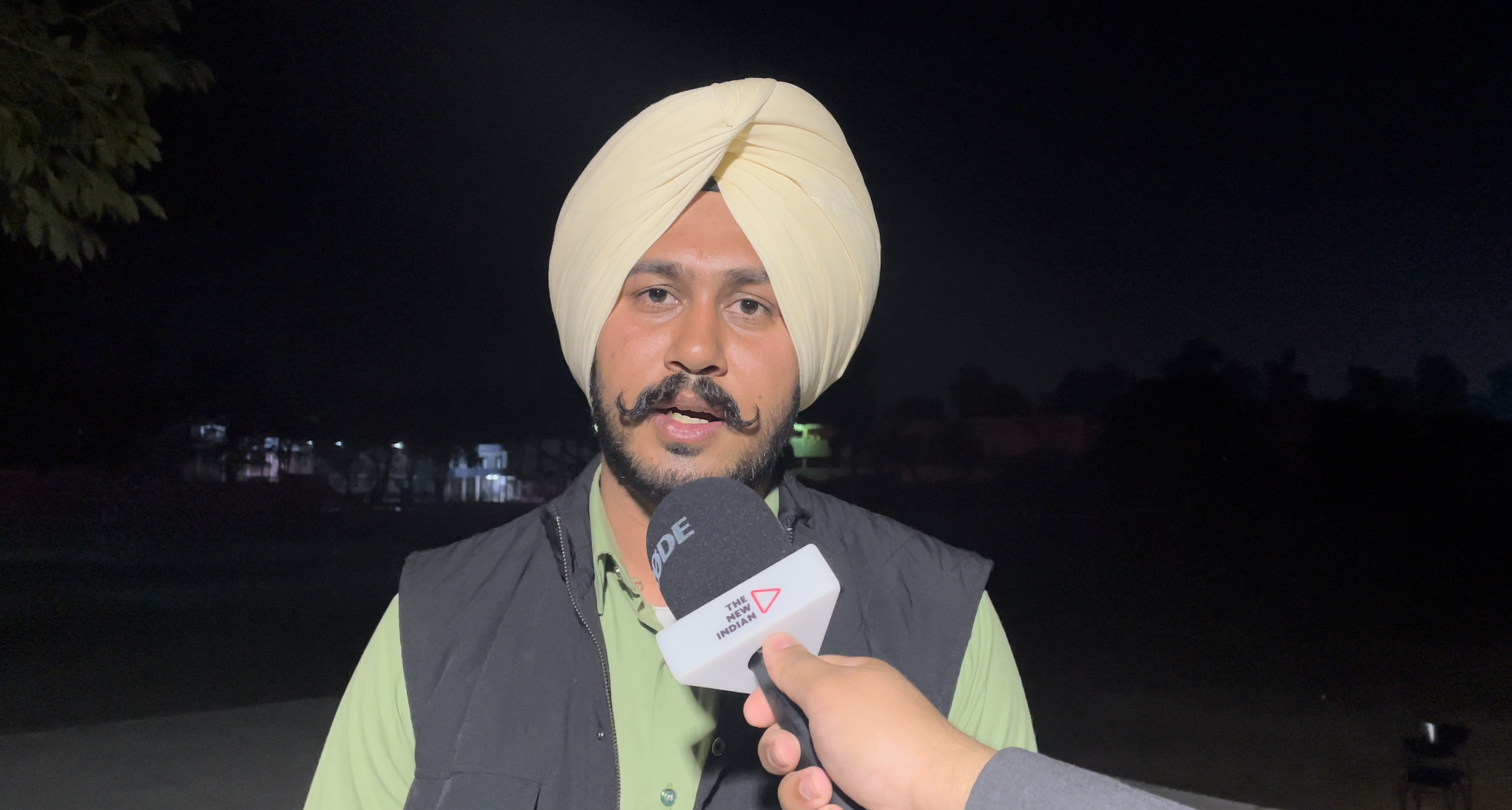
Women, too, have been standing strong and even emerged as strong faces of protests in Chandigarh and Mohali. Most come from the farming community and would not be left behind in making sure that the community’s voice was heard. We spoke to some of them.

“We are farmers. Our parents are farmers. We won’t trust them (the government) until the laws are cancelled in the same way the laws were made. We will not quit until the rest of our demands are met,” said 22-year-old Prabhjot Kaur.
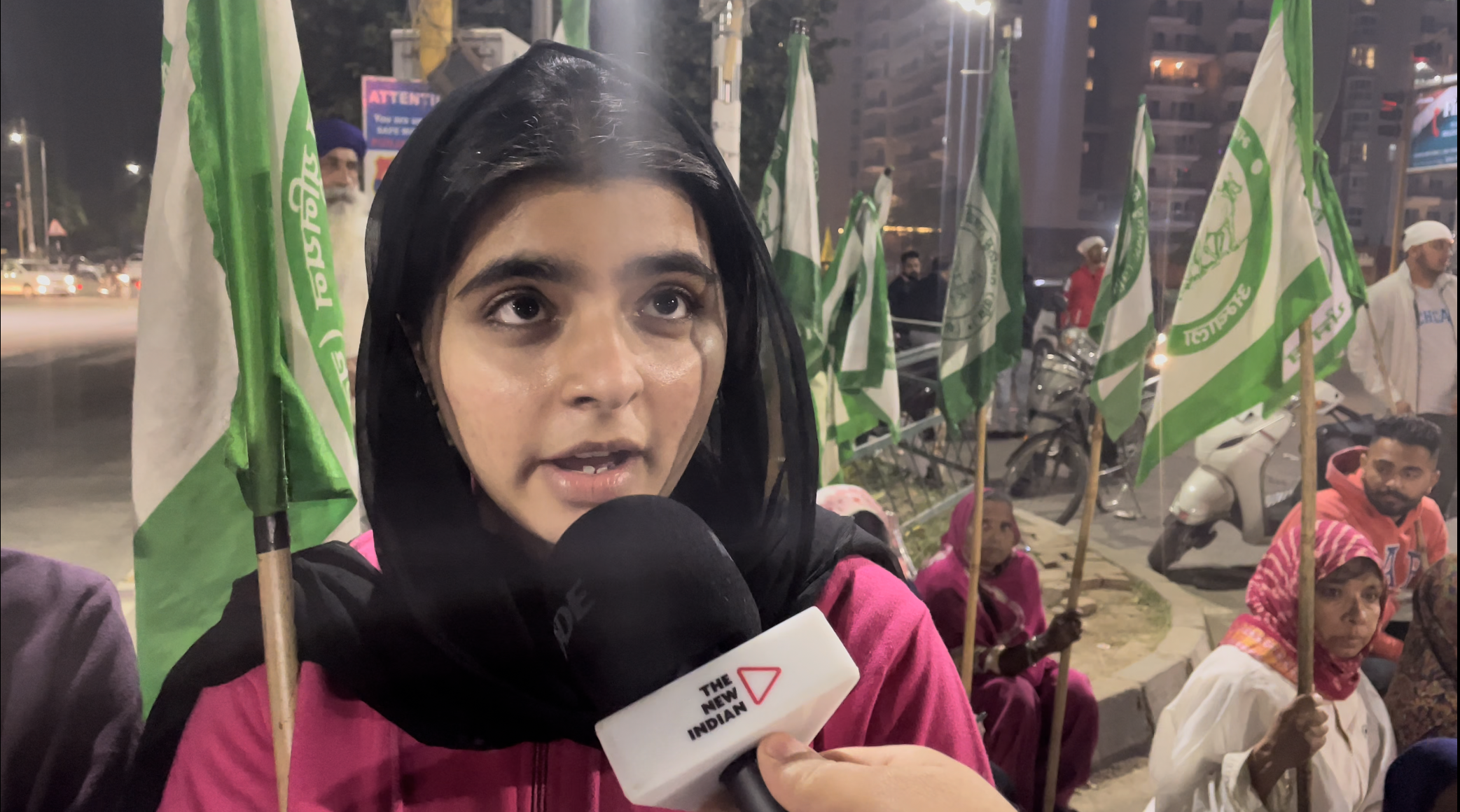
All of 18, Harliv Kaur came out equally strong. “The biggest thing we learnt from this movement is that if you are united you can win any battle. A battle can not only be won by arms but also by peaceful measures. The entire country, or if I may say, the world, is witness to the fact that this battle was fought peacefully and that is the reason we have won it,” she said.
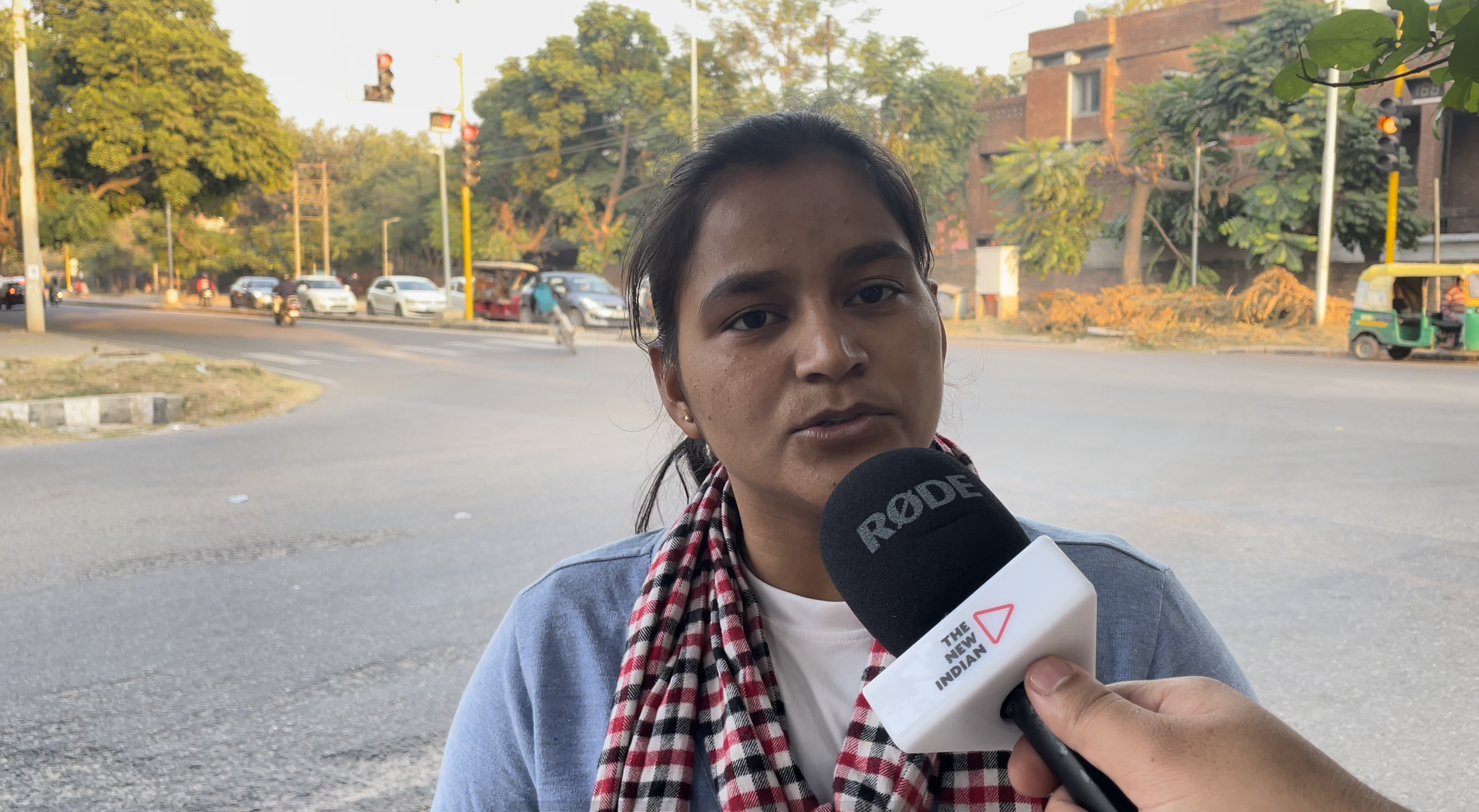
Agrees Rajbrinder Kaur, aged 27: “The young generation has contributed the most to this movement. Our elders are simple folks and do not even use the internet. It was the young generation that took the movement to world wide web and spread the word through Facebook, Instagram and Whatsapp. Even those who could not physically go to Delhi, supported us by posting and promoting us on social media.”
At the traffic intersection in front of Gurdwara Singh Shaheedan Sohana, Mohali, protests have been taking place every single day for the past 365 days, irrespective of the weather. The New Indian spoke to Bhupinder Singh, the man behind keeping the protests going. “We have been at it for a year now. We protest at this traffic intersection every day from 6 pm to 9 pm. Women, children and elders are all a part of this protest. Many car rallies have also extended support to us.”
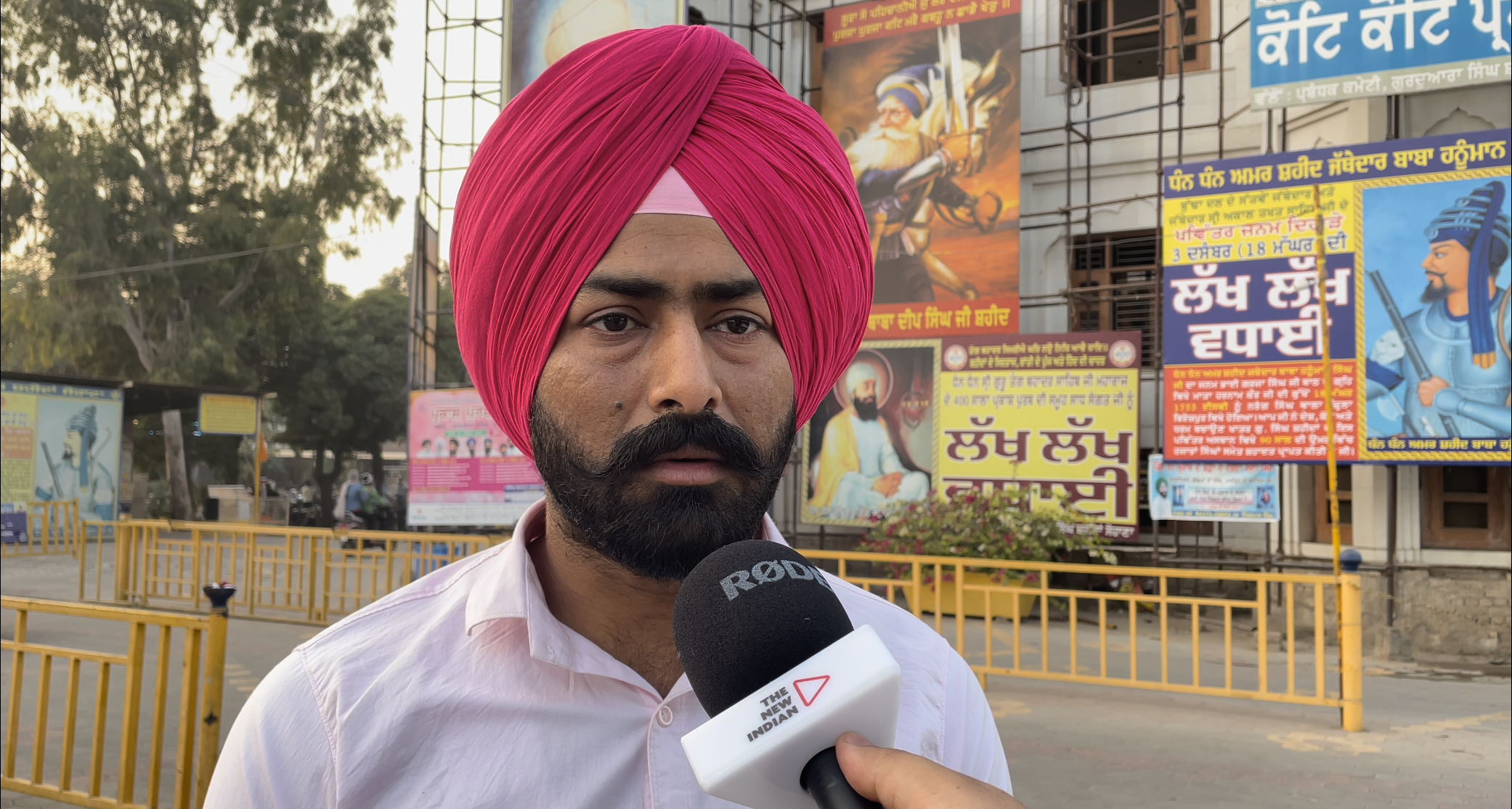
Now, even as the three contentious farm laws have been repealed, the protesting community is shifting focus to a highly sensitive demand of the removal of allegations and withdrawal of the charges imposed on them during the agitation.
“Many cases have been lodged against the farmers and the youngsters. All these cases need to be cancelled. Our contention is that these cases are the highest in number in BJP run states like Haryana. Plus, there are numerous absurd allegations. Cases have been filed under Sections 307 which is Attempt to Murder, sedition, among others. If they don’t take these allegations back, the individuals would be affected for life. Farmers have to return to work. They cannot be dragged to the court and face harassment just because they raised their voice against the government. That is very unreasonable,” said Chaudhary.

The Farm Laws have been officially repealed in the Winter Session of the Parliament but the common consensus among the farmers is that they will not move from the borders of the national capital unless their demands of a Minimum Support Price (MSP) are met. The future only holds the answer to that.
Watch: MSP A Matter Of Life And Death For The Farmers, Says Yogendra Yadav



